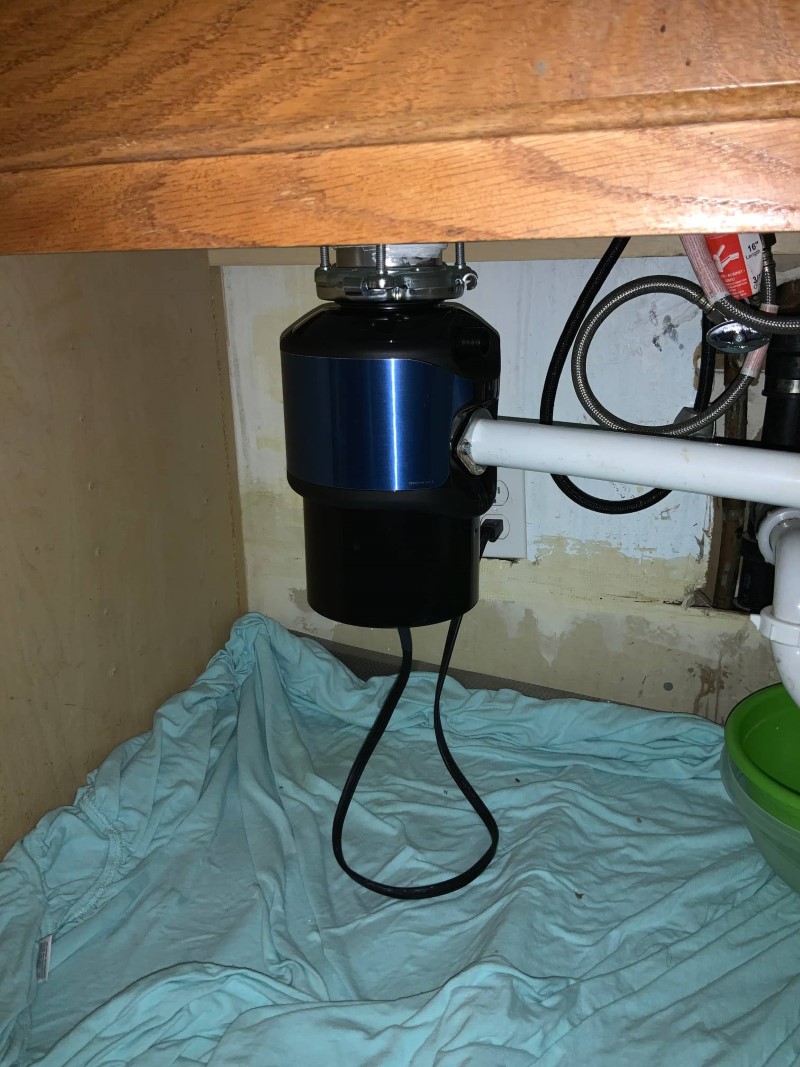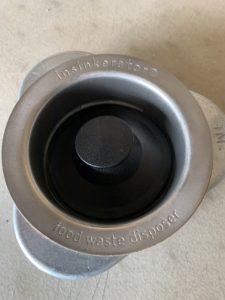Our Definitive Guide to Fixing a Leaky Waste Disposal Unit
Our Definitive Guide to Fixing a Leaky Waste Disposal Unit
Blog Article
What are your opinions about Garbage Disposal Leaking From Bottom?

Waste disposal unit are important kitchen home appliances that help in throwing away food waste effectively. However, a dripping waste disposal unit can be an irritating and untidy trouble to manage. Luckily, lots of leakages can be dealt with easily with a couple of simple actions. In this post, we will review how to take care of a dripping garbage disposal properly.
Intro
Garbage disposals are mounted under cooking area sinks and are developed to shred food waste right into smaller sized pieces, allowing it to pass through the plumbing system easily. While these gadgets are normally reliable, leakages can occur with time because of deterioration, loosened connections, or damages to the device.
Usual Causes of Leakages in Rubbish Disposals
Worn Seals and Gaskets
Seals and gaskets play a vital role in avoiding water from leaking out of the garbage disposal. With time, these parts can weaken, bring about leaks around the disposal device.
Loose Connections
The connections between the garbage disposal and the pipes system can end up being loose gradually, triggering water to leakage out during operation.
Cracks or Openings in the Disposal Unit
Physical damage to the waste disposal unit, such as cracks or holes in the housing, can also result in leaks.
Identifying the Source of the Leakage
Prior to attempting to repair a dripping waste disposal unit, it is important to identify the source of the leakage. This can generally be done via aesthetic assessment or by performing basic tests.
Visual Evaluation
Check the garbage disposal device thoroughly for any type of indicators of water leak. Pay close attention to locations around seals, gaskets, and connection factors.
Examining for Leaks
One means to evaluate for leakages is by running water through the disposal unit and looking for any kind of noticeable indications of leakage.
Tools and Products Needed for Dealing With a Dripping Garbage Disposal
Before starting the fixing procedure, collect the required tools and materials, consisting of a screwdriver, adjustable wrench, plumbing technician's putty, substitute seals or gaskets, and epoxy or patching material for repairing splits or openings.
Step-by-Step Overview to Repairing a Dripping Waste Disposal Unit
Switch off the Power
Prior to attempting any kind of repairs, ensure that the power to the waste disposal unit unit is shut off to prevent the risk of electrical shock.
Situate the Leakage
Recognize the precise place of the leak and figure out the reason.
Tighten up Connections
Make use of a wrench to tighten up any type of loose connections in between the disposal device and the plumbing system.
Change Seals or Gaskets
If the leakage is because of used seals or gaskets, remove the old elements and change them with brand-new ones.
Patching Splits or Holes
For fractures or openings in the disposal system, use epoxy or a suitable patching material to secure the broken location.
Testing the Waste Disposal Unit After Repair
Once the repair service is complete, test the garbage disposal by running water via it to guarantee that the leakage has been solved.
Preventive Upkeep Tips to Prevent Future Leaks
To avoid future leaks, it is necessary to carry out normal maintenance on your waste disposal unit. This includes maintaining it clean, preventing placing non-food things or difficult objects down the disposal, and periodically checking for leaks or other concerns.
Verdict
Finally, dealing with a dripping waste disposal unit is a fairly straightforward procedure that can be finished with basic devices and products. By complying with the steps described in this post and exercising precautionary upkeep, you can maintain your waste disposal unit in good working problem and avoid expensive repairs in the future.
HERE’S HOW TO FIX YOUR GARBAGE DISPOSAL
WHAT TO DO IF SOMETHING IS STUCK IN YOUR GARBAGE DISPOSAL
If the impeller won’t turn, there’s probably something stuck in the disposal. It could be a steak bone or peach pit, although plumbers report pulling all sorts of inappropriate objects out of disposals, such as bottle caps or aluminum foil. Make sure power to the disposal is off, and look inside to see if you can see the source of the jam.
Never stick your fingers in a disposal. Pull out anything you see with tongs or pliers.
If the disposal still won’t work, it may be time to call a plumber or consider buying a new disposal. GEM Plumbing & Heating is here for all of your garbage disposal needs.
WHAT TO DO IF YOUR GARBAGE DISPOSAL DRAIN IS CLOGGED
Take everything out from underneath your sink and put a bucket or other container under your disposal to catch any water that drains out. Disconnect your disposal from the power supply. If it’s plugged into a wall outlet, unplug it. If it’s hardwired into an electrical box, go to the electrical panel and turn off the breaker for the disposal. Pour ¼ cup of baking soda into the drain, followed by ½ cup of white vinegar. Give the solution a few minutes to fizz and do its work. Look into the disposal with a flashlight to see if you can see an object that might be causing the clog. If you see it, remove it using tongs or pliers. MORE TIPS ON DEALING WITH A CLOGGED GARBAGE DISPOSAL
Never use drain cleaner in a garbage disposal. It can damage the plastic parts inside the disposal. You can also be splashed with the caustic liquid while working to clear the clog. Beware! Never stick your fingers into a garbage disposal. Trust us — not a good idea. In many instances, your dishwasher drains through your garbage disposal. This allows the disposal to grind any large food particles that may be drained out of your dishwasher. There are some jurisdictions, however, where the plumbing code prohibits such a connection. WHAT TO DO WHEN YOUR DISHWASHER DRAINS THROUGH THE DISPOSAL
Run some water in the sink so your plunger has at least a ½-inch of water to create a seal and plunge vigorously up and down several times. You may need to repeat this several times. Run hot water down the drain to clear any residue that remains.

I stumbled upon that blog posting on Why Is when doing a search on the web. Enjoyed our blog posting? Please share it. Let others find it. Thanks a lot for your time spent reading it.
Pricing Report this page